Perfect is the enemy of hood
mabeldingeldine_gw
12 years ago
Related Stories
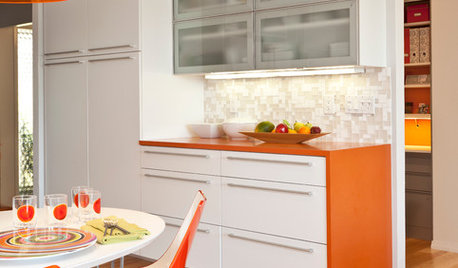
KITCHEN DESIGNCountertop and Backsplash: Making the Perfect Match
Zero in on a kitchen combo you'll love with these strategies and great countertop-backsplash mixes for inspiration
Full Story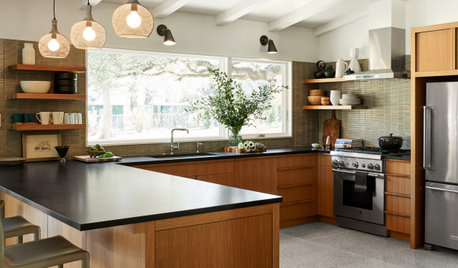
KITCHEN LAYOUTSHow to Plan the Perfect U-Shaped Kitchen
Get the most out of this flexible layout, which works for many room shapes and sizes
Full Story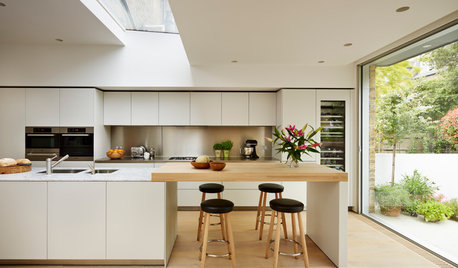
MATERIALSKitchen Ideas: How to Choose the Perfect Backsplash
Backsplashes not only protect your walls, they also add color, pattern and texture. Find out which material is right for you
Full Story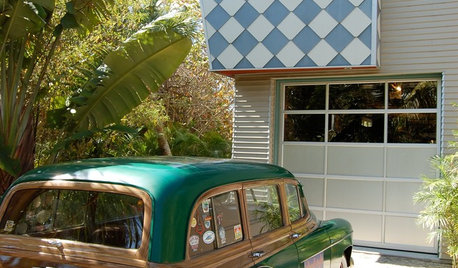
FUN HOUZZAre These Cars a Perfect Match for Their Homes?
Shift gears to the driveway or garage and see if you appreciate these pairings as much as we do — then share your own ideal match
Full Story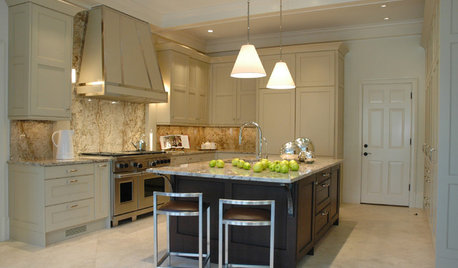
KITCHEN DESIGN8 Industrial-Luxe Kitchen Hood Styles
Make a Statement with Show-Stopping Metal Range Hoods
Full Story
KITCHEN DESIGNHow to Choose the Right Hood Fan for Your Kitchen
Keep your kitchen clean and your home's air fresh by understanding all the options for ventilating via a hood fan
Full Story
KITCHEN APPLIANCESThe Many Ways to Get Creative With Kitchen Hoods
Distinctive hood designs — in reclaimed barn wood, zinc, copper and more — are transforming the look of kitchens
Full Story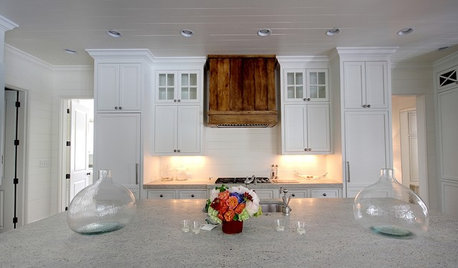
KITCHEN DESIGNWood Range Hoods Naturally Fit Kitchen Style
Bring warmth and beauty into the heart of your home with a range hood crafted from nature's bounty
Full Story
KITCHEN DESIGNWhat to Know When Choosing a Range Hood
Find out the types of kitchen range hoods available and the options for customized units
Full Story
5 Stunning Modern Range Hoods
Today's kitchen range hoods can look like sleek sculptures. Here's what to look for when you go shopping for one
Full Story





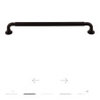

writersblock (9b/10a)
aliris19
Related Professionals
Arlington Kitchen & Bathroom Designers · Henderson Kitchen & Bathroom Designers · Highland Park Kitchen & Bathroom Designers · Ocala Kitchen & Bathroom Designers · Rancho Mirage Kitchen & Bathroom Designers · St. Louis Kitchen & Bathroom Designers · Bensenville Kitchen & Bathroom Designers · Minnetonka Mills Kitchen & Bathroom Remodelers · Red Bank Kitchen & Bathroom Remodelers · Schiller Park Kitchen & Bathroom Remodelers · Toms River Kitchen & Bathroom Remodelers · Warren Kitchen & Bathroom Remodelers · Canton Cabinets & Cabinetry · Town 'n' Country Cabinets & Cabinetry · Phelan Cabinets & Cabinetrymabeldingeldine_gwOriginal Author
aliris19
antiquesilver
billy_g
mabeldingeldine_gwOriginal Author
kaseki
mabeldingeldine_gwOriginal Author
kaseki
aprince
mabeldingeldine_gwOriginal Author
kaseki